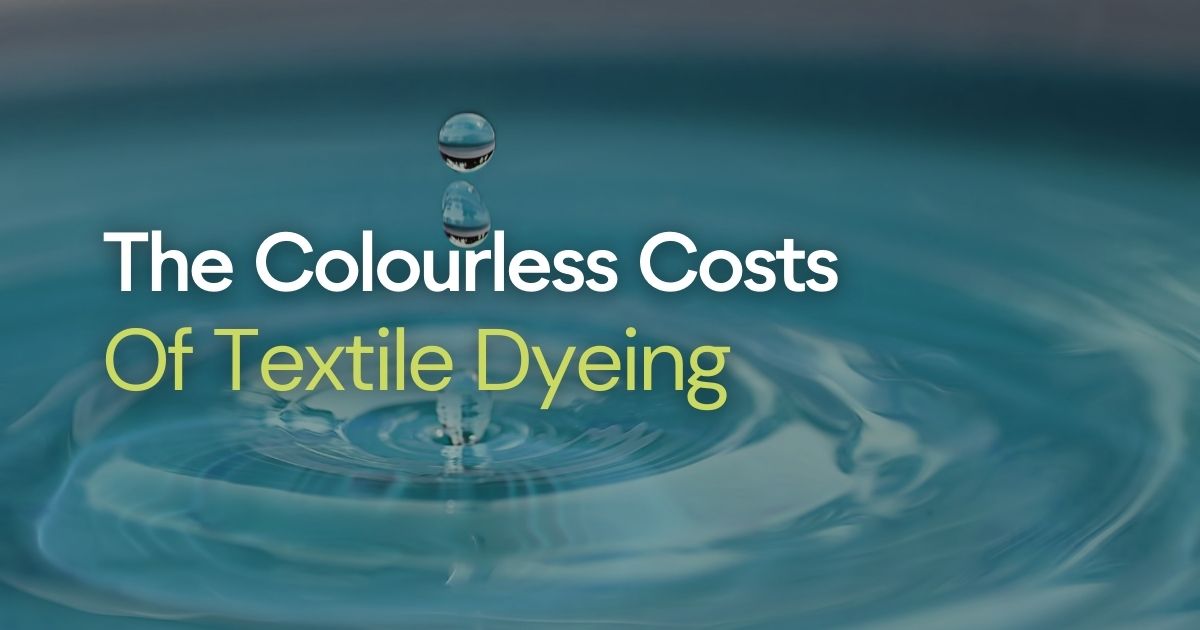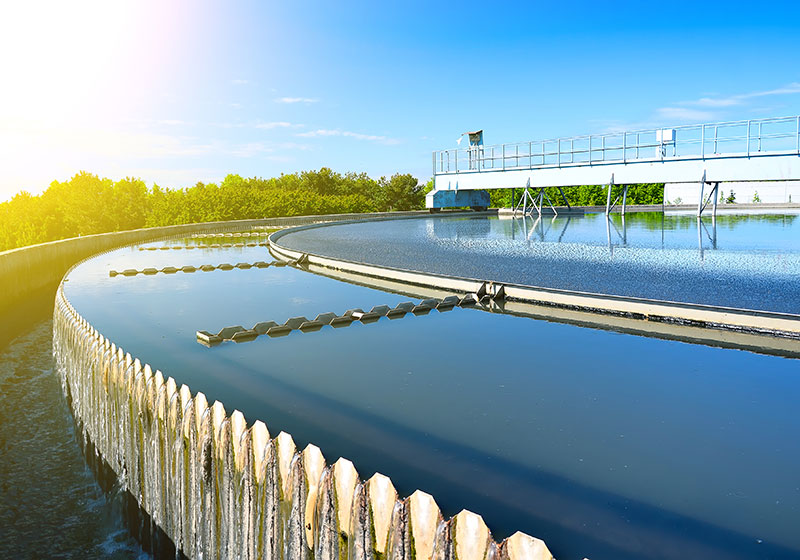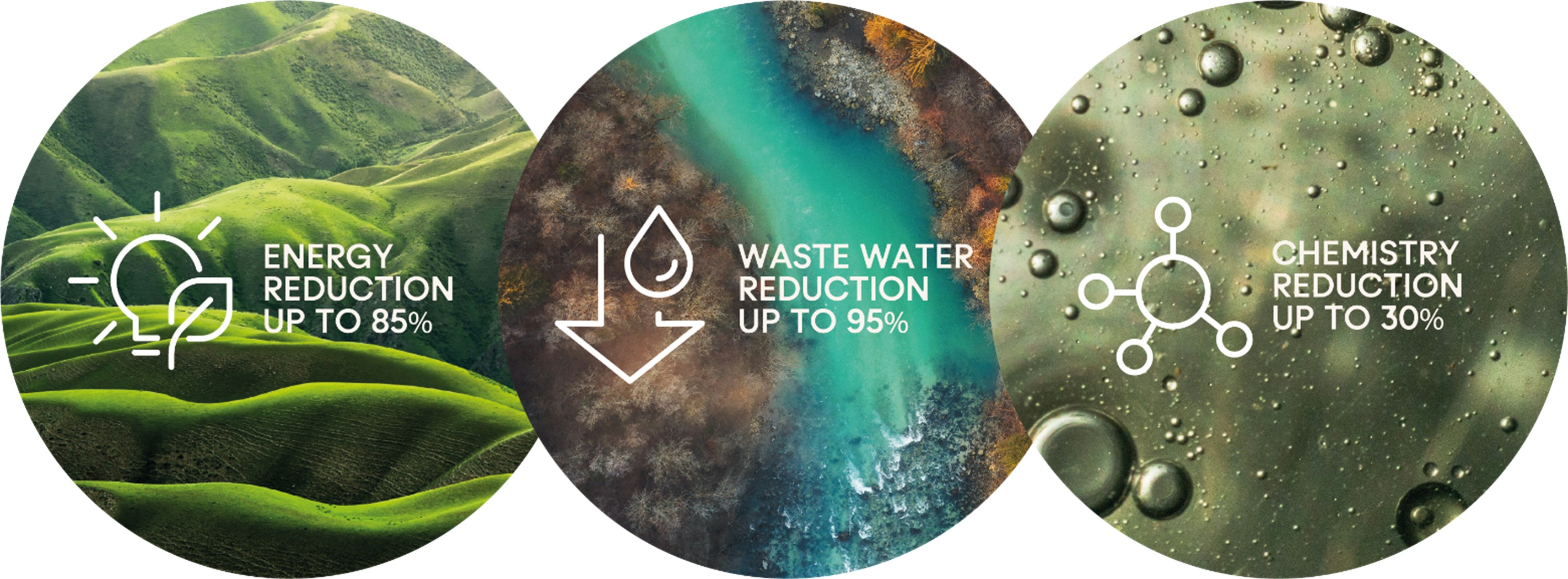
For centuries, the textile industry has relied on water-intensive dyeing methods and chemical washes. Processes that, even with effluent treatment plants, produce wastewater that may appear harmless but is still far from clean. These visibly clear streams can mask pollutants, but do not prevent their effects downstream. Considering water scarcity and climate change, the need to address the colourless costs of textile dyeing has never been more critical.
The Invisible Impacts of Textile Dyeing
Textile dyeing and finishing are among the most resource-demanding and polluting stages in textile production. With traditional textile dyeing methods being a “wet process”, around 150 litres of water and a maximum of 8,000 chemicals are used during dyeing. Accounting for up to 80% of the textile sector’s water pollution. During the dyeing process, wastewater is typically loaded with high levels of unfixed dyes (reactive and disperse), heavy metals from dye impurities, among other pollutants.
In particular, unfixed dyes equate to up to 50% of wastewater. Resulting in hundreds of thousands of tonnes of dyes entering waterways every year. Devastating ecosystems and the communities that rely on local rivers. Proving that the invisible impacts of textile dyeing are unprecedented.
Read more about wastewater pollutants here.
 Wastewater treatment plant in North Carolina, USA (Mowbray, J., 2020).
Wastewater treatment plant in North Carolina, USA (Mowbray, J., 2020).
Why Clear Isn’t Clean
Wastewater that looks clear can still carry hidden dangers. Even after passing through treatment plants, many invisible contaminants remain. When released into rivers, lakes, and farmland, they leave behind colourless but costly consequences from textile dyeing. Adding to this crisis, synthetic clothing sheds microplastics that enter waterways - an estimated 35% of global microplastic pollution comes from textiles alone. Clear isn’t clean, and when it comes to water quality, appearances can be dangerously deceptive.
Clean Alternatives for Textile Dyeing
As a clean-tech innovation, digital textile dyeing dramatically reduces water, chemical, and energy use. Advancing the principles of inkjet technology for a dry process, eliminates the need for vast vats of water and dye, enabling precise, on-demand fabric colouration with minimal runoff. Representing a revolutionary shift from centuries-old wet processing methods and bringing clean textile dyeing at scale.
“The fashion industry is one of the most polluting in the world. It uses huge amounts of energy and water and generates up to 10% of global CO2 emissions”.
Dr Alan Hudd - Founder of Alchemie Technology
Here at Alchemie Technology, we are driving change through clean-tech ingenuity. Our clean-tech solutions that implement digital textile dyeing and finishing, reimagine the status quo.

A Clean Future for Textile Dyeing
Traditional textile dyeing methods mask massive environmental harm behind deceptively clear wastewater. The colourless costs of textile dyeing the world has been paying is extortionate, particularly with climate change and water scarcity on the rise. It’s time for the industry to see beyond appearance, embrace innovation, and commit to cleaning up its act. With digital textile dyeing and clean-tech solutions like ours demonstrate a clean future for textile dyeing is possible, scalable, and sustainable.
Move to cleaner, sustainable textile dyeing with us - contact enquiries@alchemietechnology.com.